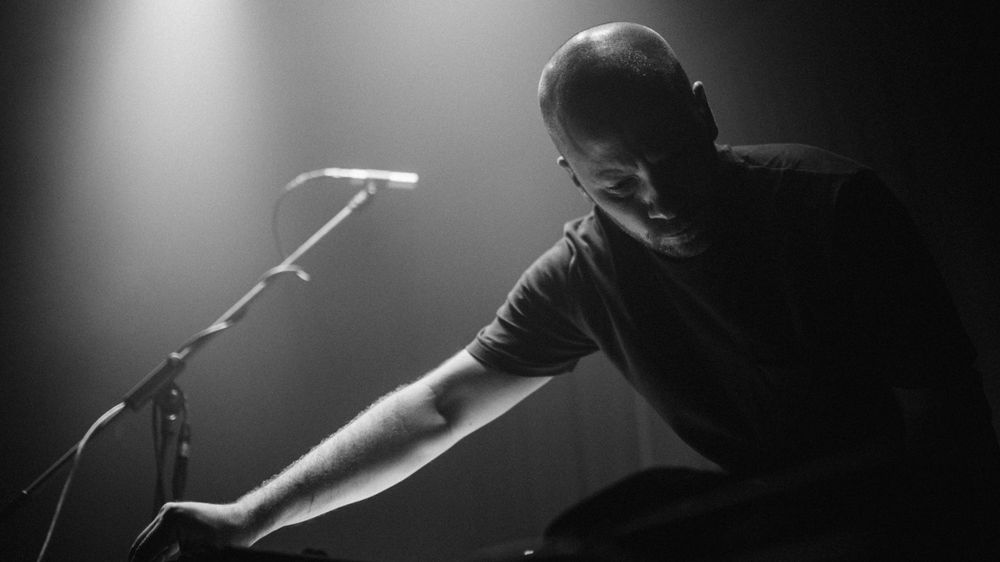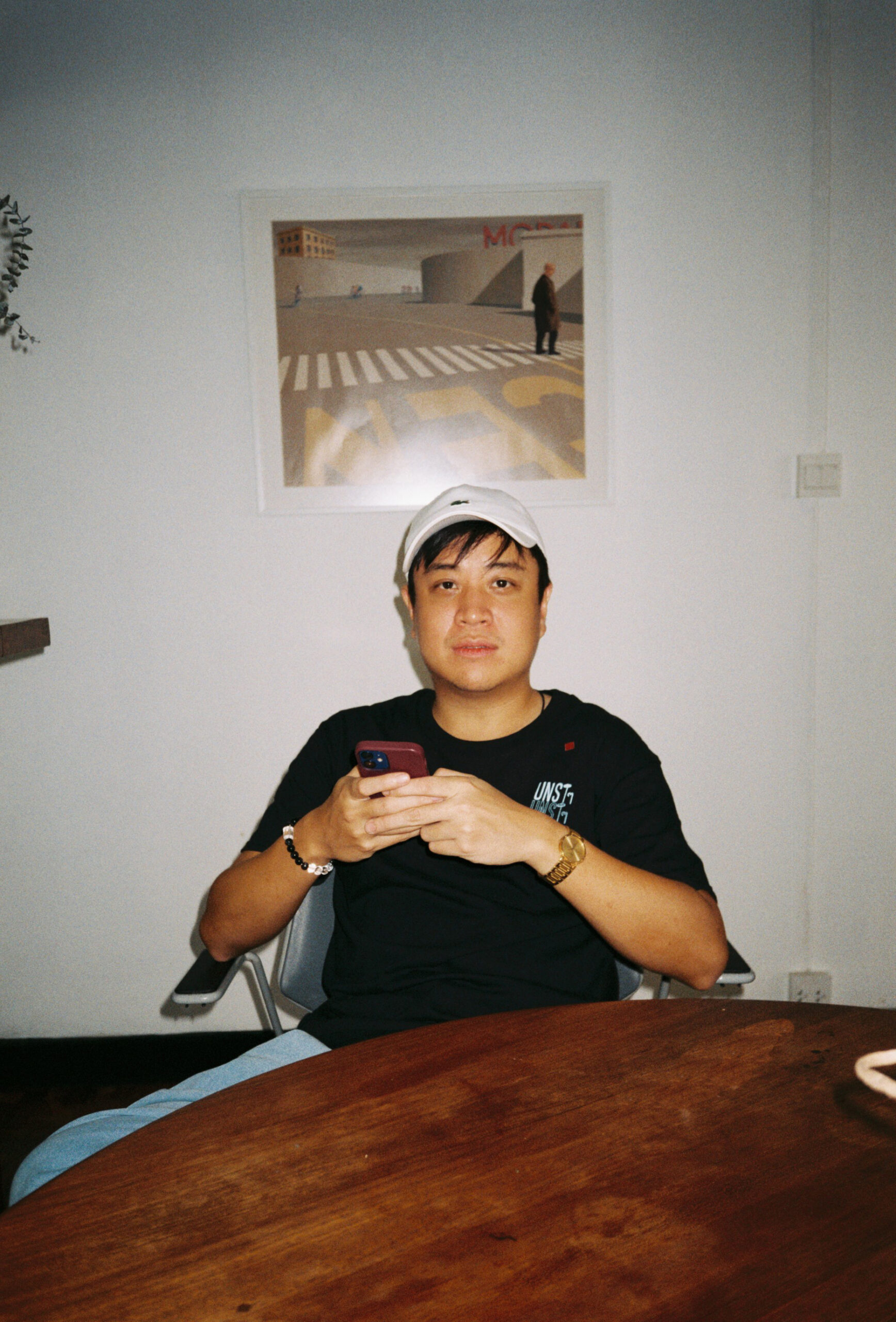Local Heritage with Waclaw Zimpel

Multi-instrumentalist and producer Waclaw Zimpel's singular sound is shaped by his influences in jazz, electronics, minimalism and roots music, but these styles in no way define his compositions.
The Poznań native's studio-as-an-instrument and improvisational approach can be heard across his albums and collaborations on Multikulti Projekt and Instant Classic. But his second solo long player Massive Oscillations, which is set for release at the end of this month, sees him push the boundaries of possiblity even further, driven by a curiosity to create his own musical language.
Ahead of his headline show at the Barbican, he shares some Japanese traditional music with us – an interest and philosophy close to his heart…
I have been interested in Japanese traditional music for many years. There was a time I wanted to learn to play Shakuhachi flute. I was listening a lot to the masters playing honkyoku pieces. I even bought a simple shakuhachi, but I didn’t have enough time to develop this interest. I was learning some of those pieces on clarinet, which is not exactly the same, but I was very much inspired by the extraordinary sense of time and space in those compositions. The philosophy of shakuhachi masters is very close to me as well. For them, playing the instrument is a spiritual practice. It is not easy in the modern world to follow such a path but that’s how I see the highs of instrumental practice. Later on I started discovering other forms of Japanese traditional music, finding qualities of contemporary ambient in music of gagaku orchestras or koto and shamisen pieces. I think that, because of this heritage, there is a lot of extraordinary modern drone/ambient music delivered from Japanese artists. I also used to play with amazing musicians from Tokyo as Michiyo Yagi and Tamaya Honda. Those experiences were very important to me in building my own language.
Follow Waclaw Zimpel. Buy Massive Oscillations.
Gagaku means “elegant music”. Music which has been performed at Japanese courts from 7th century. It sounds like woods singing when there’s no people around.
It feels so contemporary!


























Must Reads
David Holmes – Humanity As An Act Of Resistance in three chapters
As a nation, the Irish have always had a profound relationship with the people of Palestine
Rotterdam – A City which Bounces Back
The Dutch city is in a state of constant revival
Going Remote.
Home swapping as a lifestyle choice
Trending track
Vels d’Èter
Glass Isle
Shop NowDreaming
Timothy Clerkin
Shop Now